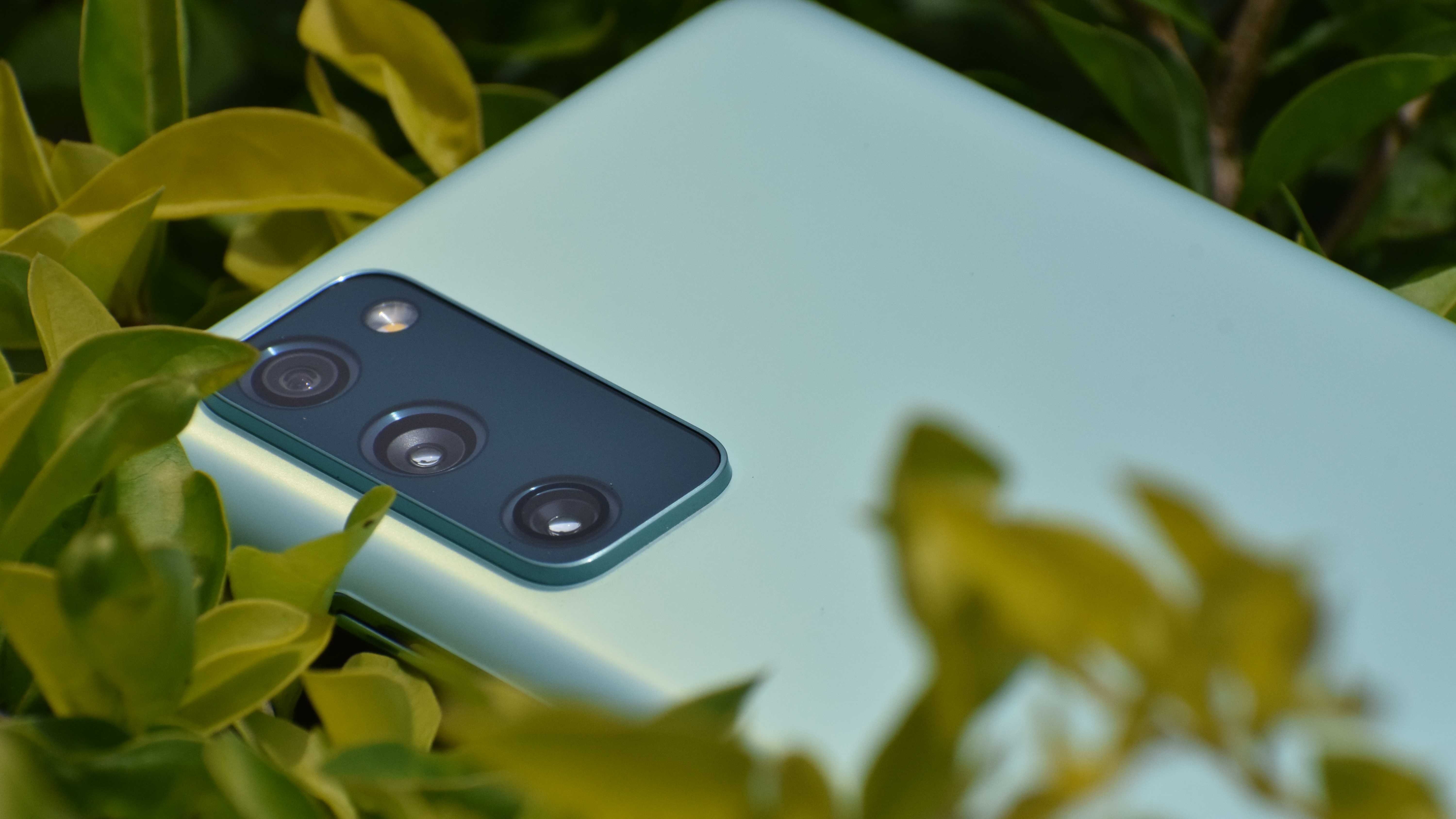While plenty of phonemakers grandly reveal their new devices at Mobile World Congress in February every year, Samsung has managed to release its S-series phone before many other major flagships, and in so doing, set the tone for the year. This includes price, with the Samsung Galaxy S20 setting the precedent of a price bump for the phones to come in 2020. But given the rumors that its successor, the Galaxy S21, will cost the same, we may not pay more for this year’s phones.
That makes some sort of sense: almost all of 2020’s top-tier phones saw a price bump, which was widely credited to the new chipsets and discrete modems to support 5G connectivity. To use Samsung as an example, the 2019 Galaxy S10’s launch price was $899 / £799 / AU$1,349, while the 2020 Galaxy S20 arrived with a starting pricetag of $999 / £899 / AU$1,499.
Sure, the S20 improved the display’s refresh rate to 120hz, made some camera improvements (including expanding the telephoto capabilities to 30x digital zoom) and incrementally improved the specs with a new chipset, but 5G felt like the justification for the price bump.
Granted, it’s a big deal to incorporate what the industry is expecting to be the next great telecom standard into your lineup of phones, but was that worth the extra cost to the average consumer? Especially if 5G isn’t prevalent outside of major city centers, leaving many S20 owners without the benefit they paid for? In retrospect, the 2020 price bump felt like it was coming whether the advances justified it or not.

Now's not the time for higher phone prices
2020's higher prices are easier to swallow if phone pricetags remain static through 2021 – if these Galaxy S21 leaks suggesting a flat price do end up setting the financial standard for other new phones to follow all year. The incremental improvements (this year’s faster chipset, slightly better cameras, refined software, and so on) are welcome, but without a must-have new feature to hit phones, there’s not much argument for flagships to get even more expensive.
It’s possible that prices even drop; the Google Pixel 5 and LG V60 ThinQ both cost less than their predecessors despite integrating 5G. Even if they made some compromises and left out certain features to get to those cheaper price points, those moves showed deference to consumer tastes.
If there’s any movement, it’s in the expansion of new tiers of flagship phones: the Samsung Galaxy S20 FE (Fan Edition) and the iPhone 12 (as well as iPhone 12 mini) are available for price-conscious consumers who still want 5G. Heck, even if it isn’t technically flagship-priced, the Google Pixel 4a 5G nearly has the specs to fall in that category yet has a solidly mid-range cost. They’re not yesterday’s phones at a discount today – they’re more limited versions of the best phones that make compromises but preserve the best parts of the new phones.
So what would justify a price hike? The Samsung S10 phones were pricier than the S9 for one reason – more cameras – and a dramatic expansion in photographic capability could do it. More battery life, too, could seal the deal (especially if phones could keep us going two, three, or even four days without recharging).
Or – pie in the sky – we could see foldable phones get cheap enough to be true alternatives for flagships.
Since none of these seem to be in the cards for 2021’s top-tier phones, we expect the S21 to lead the way in not increasing phone prices this year. This would be great news in any year, but especially a relief after this one.
- Stay on top of tech news with the TechRadar newsletter
from TechRadar - All the latest technology news https://ift.tt/3mERsNi

0 coment�rios: